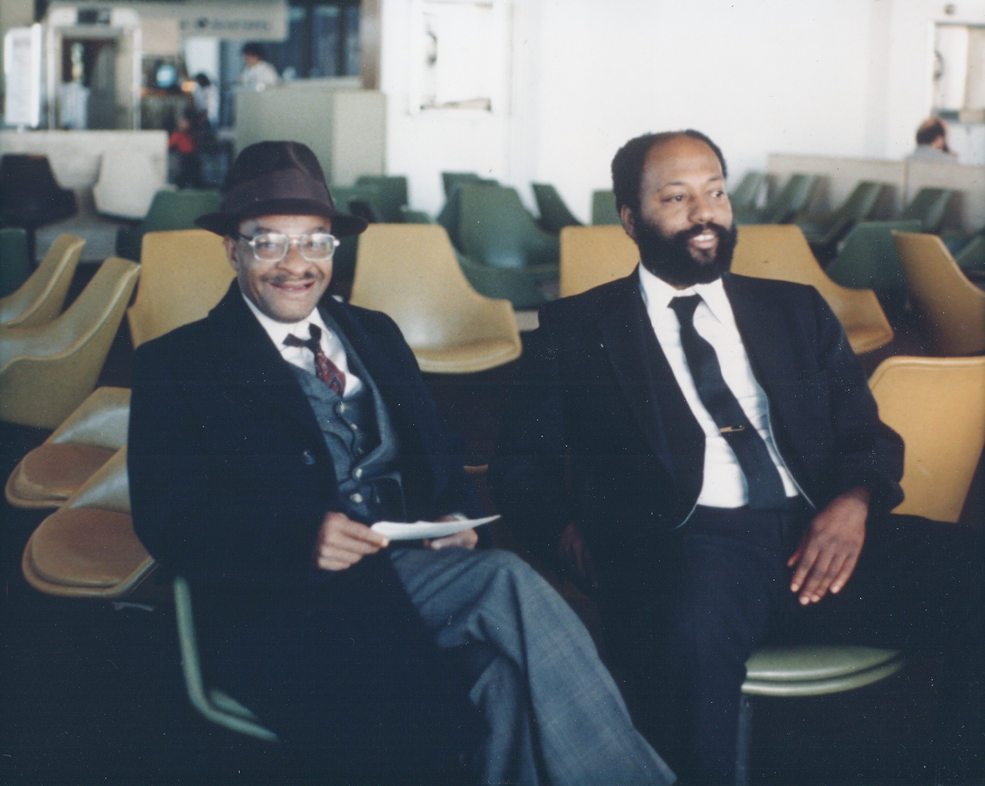ATTN: All Instrumentalists and Vocalists! This post applies to you!
As you’re listening to some music and you hear a melody, a phrase, a motif, or an arrangement that draws your attention because it “speaks” to you and you really like it, you should “T-it-up”! What do I mean by that? You should transcribe it! You’ll benefit whether you “T” all of it, or only a fractional part of it! Just get in there and “T” something up!
I borrowed the title phrase for this post from the world of golf. I’ve been a fan of Tiger Woods for a long time. Through his actions on the golf course and his interviews, Tiger has always demonstrated that he possess a deep knowledge of golf on many levels. He has frequently spoken about the high regard and respect he has for golf’s “elder statesmen” like Arnold Palmer and Jack Nicholas. He’s spoken specifically about the fact that he’s watched many videos of them and studied them.
In the world of music, you’ll find many musicians, including myself, who have the same kind of high-regard and respect for music’s “elder statesmen”. For instance, whenever someone asked The Beatles and Eric Clapton questions like “who most influenced you?”, they’d always name Chuck Berry first as they spoke about their high regard and respect they had for him. Whenever Chuck Berry was asked that same question, as he addressed it in his autobiography, he’d immediately credit his local peers, the great boogie-woogie pianists and the great Nat “King” Cole as he spoke about the high regard and respect he has for them all!
So, I was particularly delighted when one of my students, bass player Nicholas Gendron, originally an ear training student who by the time he signed on with me had already done complete James Jamerson transcriptions on his own by ear, spoke to me about the high regard and respect he has for many of the same great jazz bassists for whom I share the same feelings. When Nick expressed his interest in expanding his ear training studies to include having me work with him on “strengthening-up” his walking bass lines, I immediately suggested that he start right away on transcribing some of the great jazz bassists. I agreed to get right in there with him and do some of my own transcriptions of some of the bass veterans also to share with him in his lessons. So for this post, I decided to give you the complete transcription I did for Nick of what the great Israel Crosby played on “But Not For Me” from one of Ahmad Jamal’s classic albums. You can view the video and download this PDF too!
[gview file=”http://www.artmatthewsonlinepianolessons.com/wp-content/uploads/But-Not-For-Me-Ahmad-Jamal-AM.pdf”]
The information you can get from studying transcriptions is invaluable, and by all means, I strongly suggest that you, and all serious students of improvised music, should do a lot of your own transcription work! Don’t get me wrong. It’s definitely ok to draw information from the transcriptions of other people, however, the benefits of doing your own transcription work will pay bigger dividends because, in doing so, the information you derive gets planted deeper into your musical soul by the nature of the do-it-yourself process.
Whether you do one-chorus, multiple choruses, single phrase, multiple phrases, right-hand only, left-hand only, both hands, partial heads, full heads, partial arrangements, or full arrangements… you’ll be doing something that’s good for your musicianship!
The focus of your transcriptions are determined, of course, by whatever your objective may be at any given time. For instance, you might limit the focus of your transcription to getting the actual musical notes only! Or, you may want to exclude the actual notes and focus on obtaining chord progressions only, as in getting the chord changes of some particular song or tune. Perhaps you want everything… actual notes, chord changes, articulations, and dynamics too! Ear training makes it all available to you.
You can write your transcription work down on manuscript paper using standard music notation, or you might write it down in some other form on unlined or lined notebook paper for that matter! If you have a good memory, you can even skip the writing-it-down process altogether and simply keep it all in your head, as Nick did with his James Jamerson transcriptions. If you can do it, I recommend you do some of both because it’s all good!
At the time of this post, Nick is in Aruba! He’ll be starting his own page within my site soon after he returns so if you’d like to follow Nick on his page, check back in a few weeks and just type or paste his name into any search box on my site.
Remember that although your teacher or coach can point you in the direction of what work you need to do, it is YOU that has to DO the work by practicing!
Do some listening and “T” something up!
Practice well!


